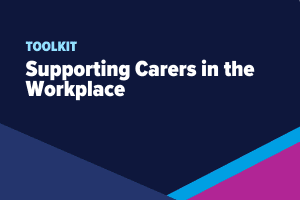Workplace Sexual Harassment
Workplace Sexual Harassment
The Workplace Sexual Harassment toolkit uses leading academic research and findings from Business in the Community’s Project 28-40 to understand and address sexual harassment in the workplace. Project 28-40 was the largest ever survey of women at work.
What the toolkit covers
Defining sexual harassment
Sexual harassment is illegal. The legal definition under section 26 of the Equality Act 2010 is: “A person harasses another if they engage in unwanted conduct of a sexual nature, and the “conduct has the purpose or effect of creating an intimidating, hostile, degrading, humiliating or offensive environment for the victim1.”
Many of the workplace characteristics that increase the prevalence of sexual harassment are structural; therefore tackling sexual harassment requires structural changes. Employers can challenge traditional gender roles and the inherent inequality; achieving gender balance throughout the organisation and promoting equality at home through policies such as shared parental leave are crucial steps.
Tackling sexual harassment
To minimise the likelihood of sexual harassment occurring in your workplace, you as an employer must take action to create an inclusive and safe culture. This involves tackling outdated and sexist attitudes towards women and men among staff. Inclusive leadership, excellent line management, and education is key.
Business in the Community (BITC) is developing a skilled and inclusive workforce for today and tomorrow. Our focus on people is about influencing responsible business practices that make jobs accessible and attractive to all. BITC supports organisations to create a culture of inclusion in respect of, age, gender, health, and race.



